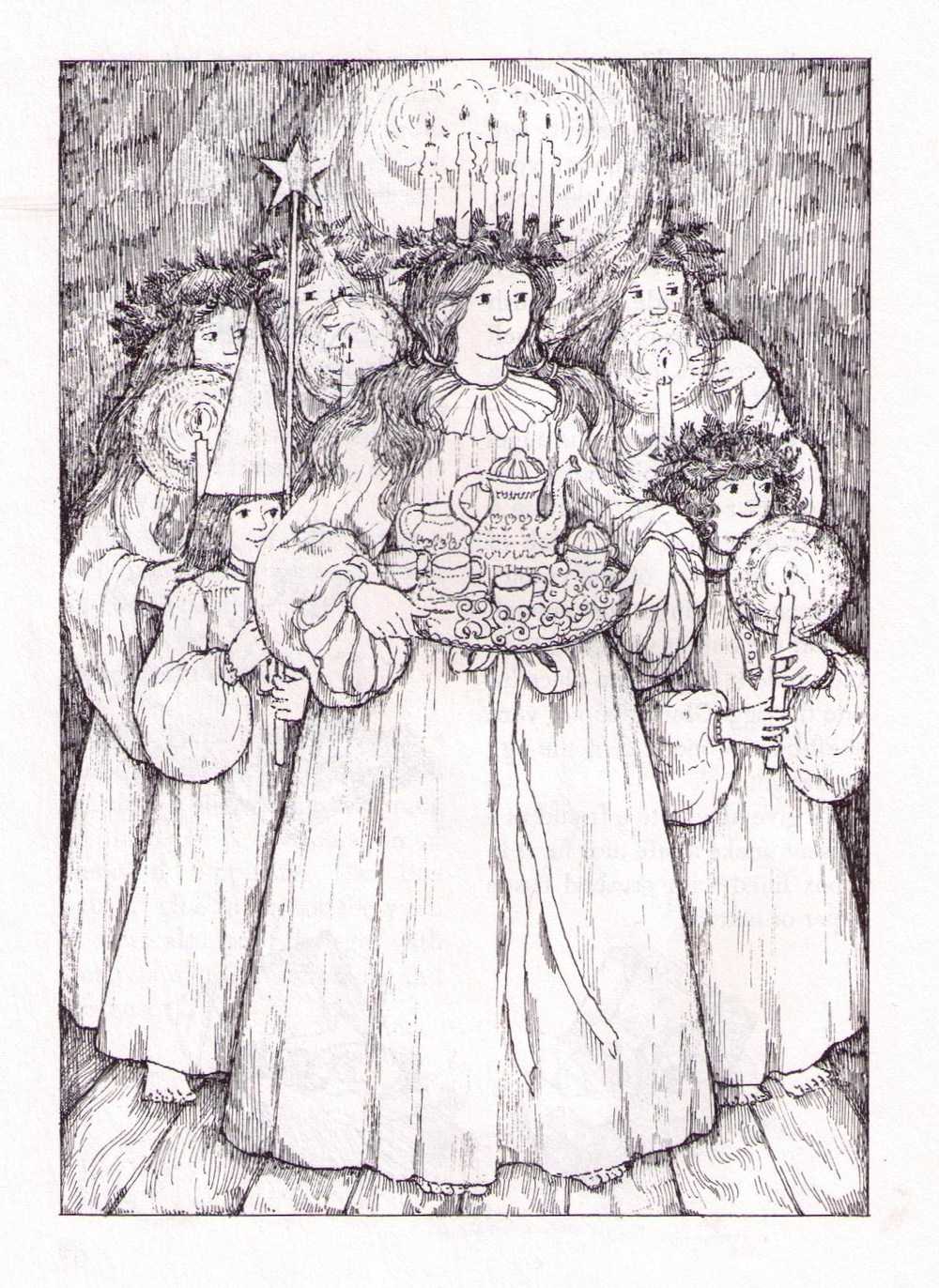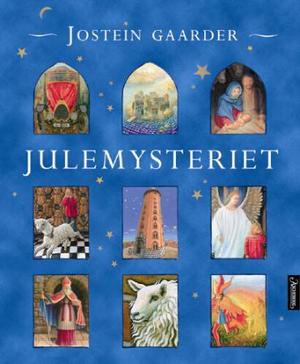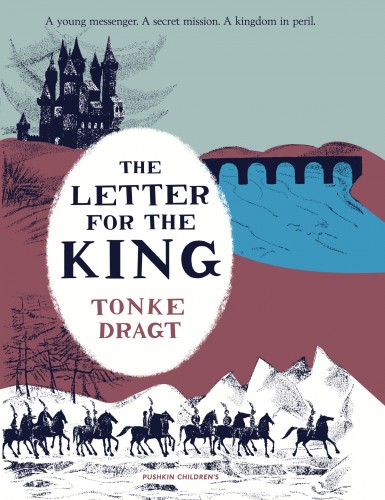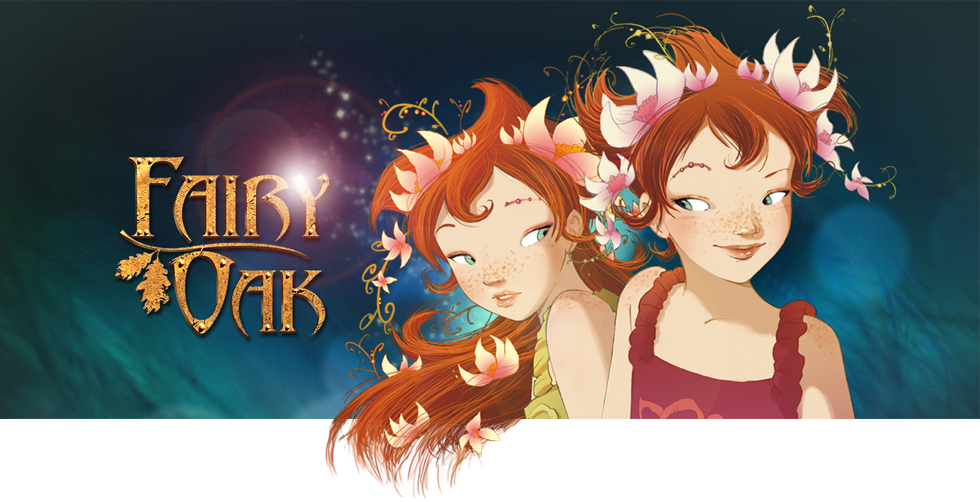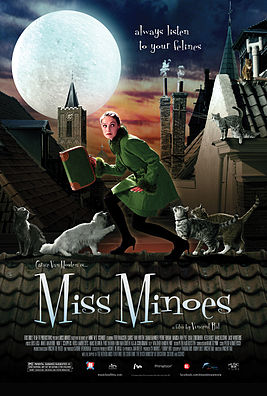Congratulations to Swedish author Barbro Lindgren, winner of the 2014 Astrid Lindgren Memorial Award for lifetime achievement in the field of children's literature (Barbro is no relation to Astrid, I don't think, but it's a nice coincidence!). Our favorite Barbro book is Oink, Oink Benny, illustrated by Olof Landstrom and translated by Elisabeth Kallick Dyssegaard (2008):
"Benny is going out. He is tired of hanging around inside. Benny's little brother is going out, too.
He's also sick of hanging around inside.
"Stay away from the mudhole," says Benny's mama.
"Oink, oink,' says Benny.
Then Benny and his little brother head straight for the mudhole. [from the jacket flap]
Of course they do.
And congratulations as well to Japanese author Nahoko Uehashi and Brazilian illustrator Roger Mello, recipients of the 2014 Hans Christian Andersen Awards. Uehashi's Moribito: Guardian of the Spirit (translated by Kathy Hirano, illustrated by Yuko Shimizu; Arthur A. Levine, 2008) won the 2009 Batchelder Award, which is how I came to read it; and Moribito II: Guardian of the Darkness (2009) won a 2010 Batchelder Honor. Maybe now the rest of the series (there are ten books) will be available in translation, along with Uehashi's other fantasy novels.
But first, let's see something by Roger Mello! One of the lovely things about these awards is the hope that they will help make the work of international authors and illustrators more widely available.
[Coincidentally, I just finished 2008 ALMA winner Sonya Hartnett's novel The Children of the King (2012; first US edition Candlewick, 2014). Short version: I loved it.]


